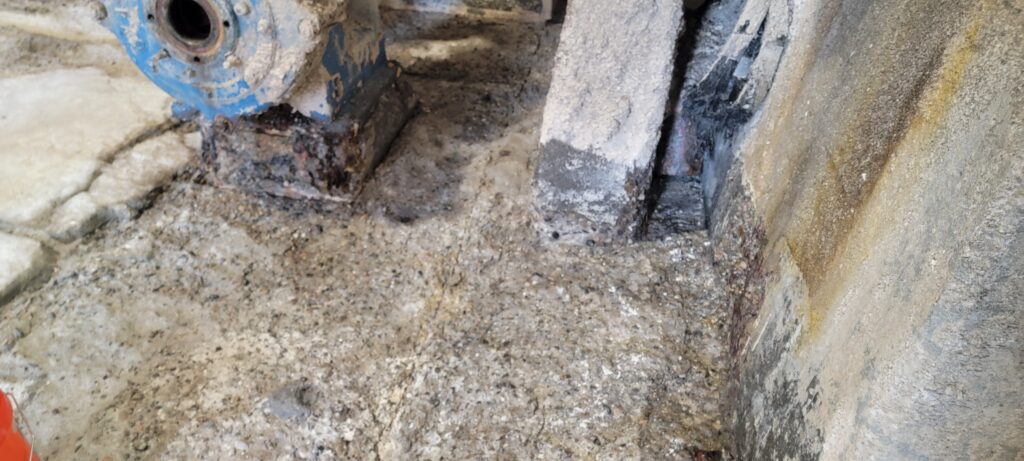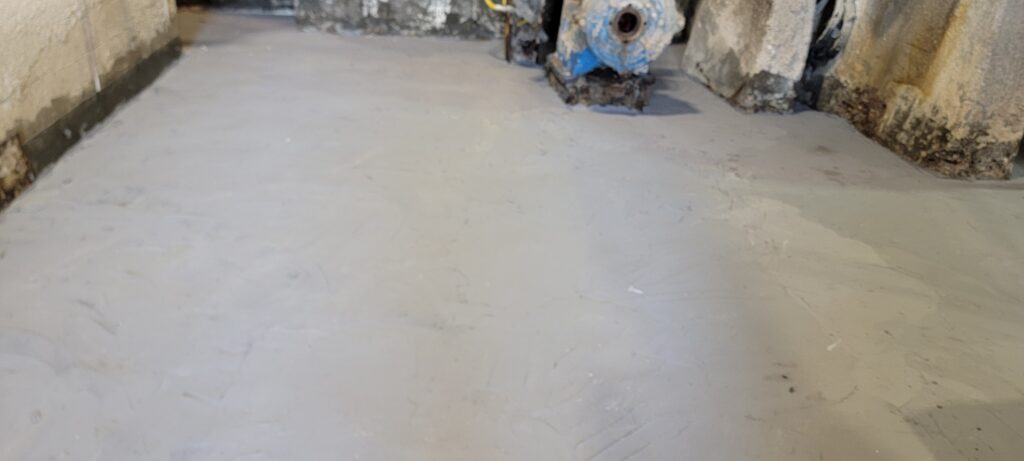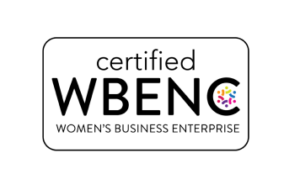Case Studies
For over 20 years, USI has provided protective coatings and corrosion prevention products proven to protect our nations most critical infrastructure and industrial machinery. Along the way we have documented many projects and pain points we have been able to help our partners repair, protect and upgrade.
Most Recent Articles
How to eliminate trips, slips and falls
Today we are going to talk about Unconventional Solutions to avoid trips, slips and falls. Why are we talking about “slips, trips and falls”? Slips and trips are very common and preventable in the workplace. According to the 2025 Liberty Mutual Workplace Safety Index, the annual costs of falls on the same level have gone up to $10.5 billion dollars annually. That’s just the workman’s comp version of it, which doesn’t include overtime and labor, production disruption, rework, or litigation.
Common slips, trips, and falls root cause:
- Surface defects (cracks, spalls, potholes, settled slabs, broken stair nosing)
- Housekeeping (cords/hoses, pallets, clutter, poor storage, debris at workstations)
- Low Traction (smooth concrete, worn coatings, polished floors, wet/greasy areas)
- Lighting & Visibility (shadows, glare, poorly marked edges, inconsistent floor markings)
- Transitions & Slopes (ramps, dock plates, thresholds, mats that curl, uneven expansion joins)
- Weather & Drainage (tracking water/ice indoors, leaks, inadequate entry matting/drains)
- OSHA expectation (general industry): walking-working surfaces are maintained free of hazards such as leaks, spills, snow/ice, loose board, and protruding objects.
Prevention Strategy:
- Inspection: Routine walking-path audits and work orders
- Repair: Fix defects fast (same shift if possible)
- Improve Traction: Texture, coatings, mats, nosings
- Control Water: Drainage, entry matting, spill response
- Communicate: Mark edges, standard signage, training
Concrete-focused “quick wins”
- Patch spalls/potholes before edges break down further
- Rebuild heaved joints/transitions (dock plates, thresholds)
- Seal joints & cracks to reduce water intrusion and freeze/thaw damage
- Add texture/anti-slip coatings in wet process areas
- Use high-contrast striping at elevation changes
Why composite repairs are different:
- Fast return to service
- Enhanced durability
- 100% solids – no shrinkage
- Abrasion and impact resistant
- Better chemical resistance
We have solutions for every situation:
QUESTIONS:
- What is the maximum build capability for the 570 Concrete Patch Repair XF—how much can you put down at one time?
A) 2” at a time. - If it exceeds the 2”, is there another product that we can use to fill larger voids and then topcoat with the 570 Concrete Patch Repair XF?
A) Yes, you can fill it with crushed gravel under to build up more. After the initial hard drying period of 2 hours, you can apply an additional 2-inch coating.
If you have any questions about our slips, trips and falls product solutions, you can connect with us at www.usigroups.com.
USI Flooring Systems
Common flooring concerns that we are working to address:
- Erosion damage
- Foot or hi-low traffic wear and tear
- Chemical exposure (Short or long term)
- Substrate condition & prep
- Access/Time for install
- Wet vs dry areas
- Regulations & safety
Cost of Waiting to get your floor fixed:
- Trip, slip & fall incidents = $20K-$50K each (Liberty Mutual Insurance Workplace Study)
- $11 billion annual cost nationwide
- Often cheap is expensive and expensive is cheap
- How much is workman’s comp or trip, slip and falls costing you and your company.
- Can your business afford even one OSHA reportable trip, slip and fall?
- Would you like to improve your company’s image?
Surface preparation is key. We carry a lot of flooring and repairing products:
- USI Crack Filler
- USI Epoxy Mortar Patch
- USI Machine Grout
- USI Coal Tar Patch
- USI Oil Stop Primer
- USI Quick Prime WB
- USI High Build HB
- USI Flexible Broadcast Primer
- USI Moisture Vapor Barrier
- USI Self-Leveling Epoxy
- USI Polyaspartic Urethane Sealer
- USI ECO Seal Urethane
- USI LVP – Quick Set High Build Epoxy
- USI Topcoat UV Stable Epoxy
- Paint Chips / Flakes
Why are USI Products different?
To select the proper coating and repair solution, you must ask the right questions. With USI you don’t just get the products, you get the expertise and technical know how on what products to use and how to apply them. We can go over the features and benefits of each and every product.
QUESTIONS:
- We have a lot of epoxy floors and have a lot of issues with them cracking. Looking for something that is durable and chemical resistant (2-13 chemical resistant range).
- What kind of maintenance does the floor need after it is installed?
You can always give us a call if you have any questions. office@usigroups.com
Ball Mill Room Concrete Floor Rebuild
The Problem
A magnesium plant in Northern Michigan received a report from KTA Engineering of Pittsburgh after an asset integrity inspection. The report recommended that the facility repair metal and concrete structures on the Ball Mill Room floor to prevent further deterioration and safety issues. KTA recommended three manufacturers for the repair products—one of which was Resimac.
The project required precise coordination and a rapid turnaround, as the repairs needed to be completed within a 72-hour window to avoid costly downtime.


The Solution
Unconventional Solutions, Inc. (USI) was chosen to supply the materials and provide on-site technical expertise. Two of USI’s certified AMPP Inspectors were present throughout the project to ensure surface preparation, mixing, and overcoat windows met all manufacturer standards.
The surface preparation began by chiseling and removing all loose concrete, followed by high-pressure water blasting to clean the area. Turbo heaters were used to accelerate the drying process to stay within the tight project timeline.
Once the surface was dry, the team applied Resichem 503 SPEP, a solvent-free epoxy primer designed for concrete. To bulk-fill the damaged area, contractors mixed 50 lbs. of clean, dry silica sand, 50 lbs. of irregular-shaped pea gravel, and 1 liter of Resichem 503 SPEP. This mixture was used to line and level the pit.
While the primer remained tacky, another crew followed behind, applying approximately ¼ inch of Resichem 576 Quartz Screed. Turbo heaters were again used to expedite curing.
By the next morning, the Ball Mill Room floor was fully cured, operational, and safe—eliminating trip, slip, and fall hazards while restoring structural integrity to the concrete.
Products Used






